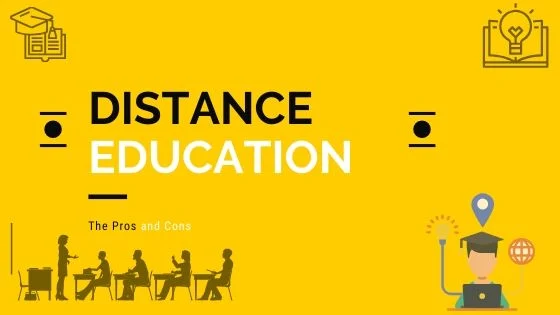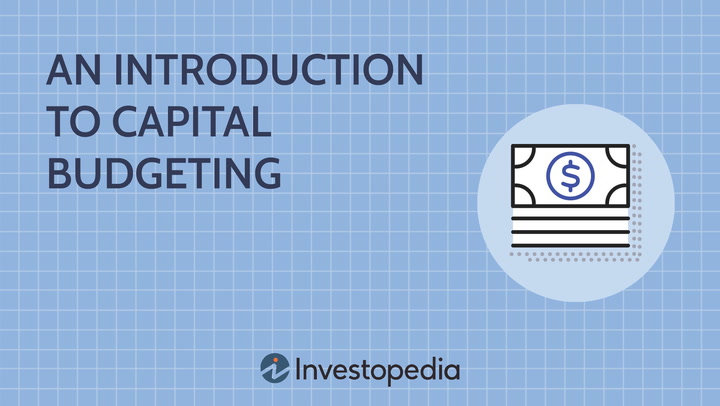Distance Education is a method of instruction that allows students to learn from a location different from the teacher. It uses technology to deliver educational materials and facilitate communication between students and instructors.
Key Characteristics:
- Flexibility: Students can learn at their own pace and on their own schedule.
- Accessibility: Distance education can be accessed from anywhere with an internet connection.
- Variety of Formats: It can include online courses, correspondence courses, and televised or radio broadcasts.
- Technology-Driven: It relies on technology such as computers, smartphones, and video conferencing.
Types of Distance Education:
- Online Learning: Courses are delivered entirely online, using platforms like Canvas, Blackboard, or Moodle.
- Hybrid Learning: A combination of online and in-person instruction.
- Correspondence Courses: Materials are sent to students through the mail.
Advantages of Distance Education:
- Convenience: Students can learn from the comfort of their own homes.
- Affordability: It can be more cost-effective than traditional in-person instruction.
- Access: It can provide opportunities for students who live in remote areas or have disabilities.
Challenges of Distance Education:
- Lack of Social Interaction: Students may miss the face-to-face interaction with classmates and instructors.
- Technical Difficulties: Students may encounter issues with technology, such as slow internet connections or software problems.
- Self-Discipline: Students need to be self-motivated and disciplined to succeed in distance education.
Would you like to know more about a specific type of distance education or its advantages and challenges?










+ There are no comments
Add yours